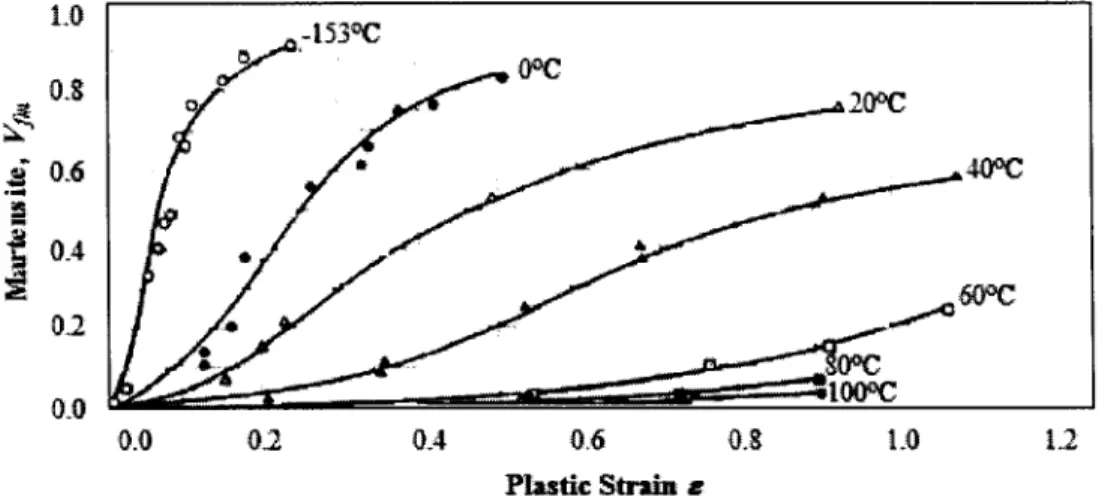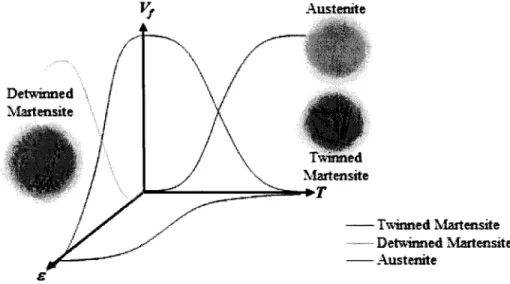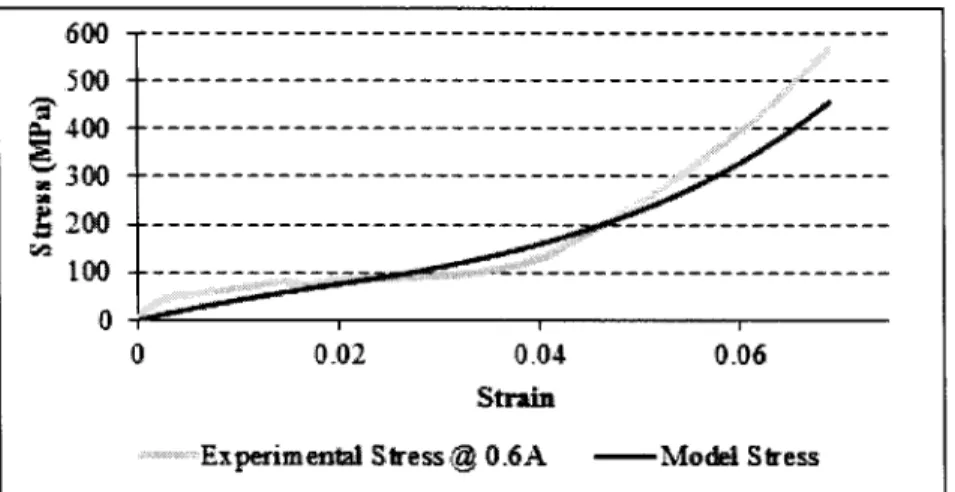Methodology Based on the State Transition Concept for Simple Constitutive Modeling of Smart Materials
Texto completo
Figure




Documento similar
Design We used the European study on Quantifying Utility of Investment in Protection from Tobacco model (EQUIPTMOD), a Markov-based state transition economic model, to estimate
This thesis presents a body of work on the modeling of and performance predictions for carbon nanotube field-effect transistors (CNFET) and graphene field-effect transistors
The source used in this work has been designed to be compatible with a solid state quantum memory based on a praseodymium doped crystal, using the atomic frequency comb (AFC)
These systems comprise the growth of F 16 CuPc on SiO 2 , the growth of p-n organic heterostructures based on F 16 CuPc (n-type) combined with pentacene (p-type) as well as
In this case, the measurement is independent of the initial demagnetised state (An experiment with a field applied along only one axis of a crystal yields no useful information
On the other hand, choosing the Higgs field implies that, not only all the masses in the Standard Model would be due to their interactions with the Higgs field, but also the
Even though the calculated vertical transition energies at the ground state equilibrium geometry do not have a one to one correspondence with any vibrationally resolved
The particles remain in solid state and are relatively cold, so the formation of the bulk during impact is from the solid state only. The process involves low oxidation of the





